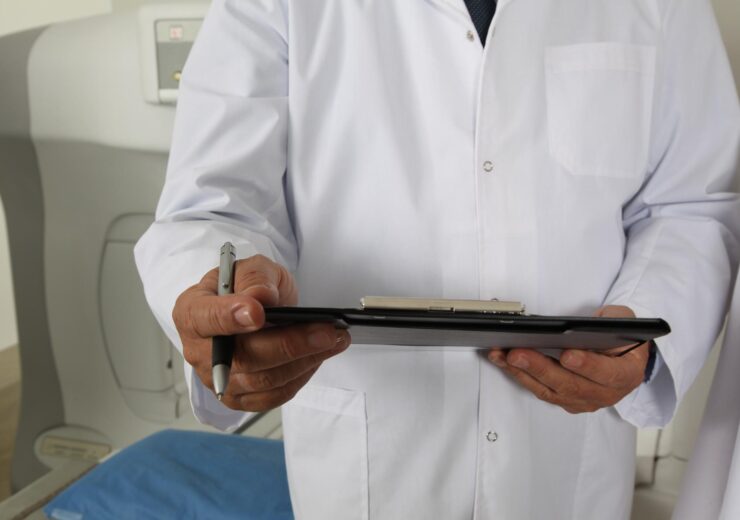Findings from the 48-week study were recently published in the online issue of the Journal of Hepatology

Results of the FLIGHT-FXR study showed that the AI-based qFibrosis highlighted treatment-associated regression of overall liver fibrosis. (Credit: valelopardo from Pixabay)
HistoIndex, a global leading artificial intelligence digital pathology (AI-DP) provider, announced that its AI-based qFibrosis, qSteatosis and qBallooning algorithms delivered sensitivity and granularity on a greater scale, as compared with the current conventional histological scoring system, in quantifying treatment-associated changes in Nonalcoholic Steatohepatitis (NASH)[1]. AI-DP with Second Harmonic Generation/Two-photon Excitation Fluorescence (SHG/TPEF) was employed in the FLIGHT-FXR study (NCT02855164) to gather a deeper understanding of fibrosis dynamics in the overall liver biopsy, in different zones within the liver lobules and its colocalized spatial relation to changes in steatosis and hepatocyte ballooning in patients with non-cirrhotic NASH who were treated with Tropifexor (TXR). Findings from the 48-week study were recently published in the online issue of the Journal of Hepatology.
Results of the FLIGHT-FXR study showed that the AI-based qFibrosis highlighted treatment-associated regression of overall liver fibrosis, as well as marked regression in perisinusoidal fibrosis in patients with either significant fibrosis (F2) or advanced fibrosis (F3) at baseline. A concomitant zonal quantification of the fibrosis and steatosis parameters using qFibrosis and qSteatosis revealed that patients with greater qSteatosis reduction also have the greatest reduction in perisinusoidal fibrosis. This shows that hepatic lipid load reduction, as a result of anti-metabolic treatment, drives fibrosis regression initially in the perisinusoidal regions.
Says Professor Nikolai Naoumov MD, PhD, Advisor in Digital Pathology, Drug Development and Research in Liver Diseases, and principal author of the study, “SHG AI-based platform is able to quantify precisely fibrosis changes while avoiding variations caused by staining, and provides novel insights in treatment-induced fibrosis regression, which are not captured by current staging systems. In addition, quantifying changes in steatosis and hepatocyte ballooning concomitantly in a colocalized spatial environment demonstrated the direct association between improvement in the metabolic activity of NAFLD with fibrosis regression. This SHG approach has demonstrated great potential for clinical trial investigators to understand treatment efficacy and disease mechanisms of NASH.”
Adding to this is Professor Arun Sanyal, Professor of the Internal Medicine Department, Division of Gastroenterology, Hepatology and Nutrition at Virginia Commonwealth University, and co-author of the study states “This work demonstrates that SHG imaging and automated digital analytics can not only assist pathologists evaluate changes in liver histology in a more granular and accurate way but also provides novel insights on the evolution of fibrosis and changes in fibrosis upon initiation of therapy. These have important implications for drug development and the way treatment responses are assessed in phase 2B and 3 trials”.
Source: Company Press Release
